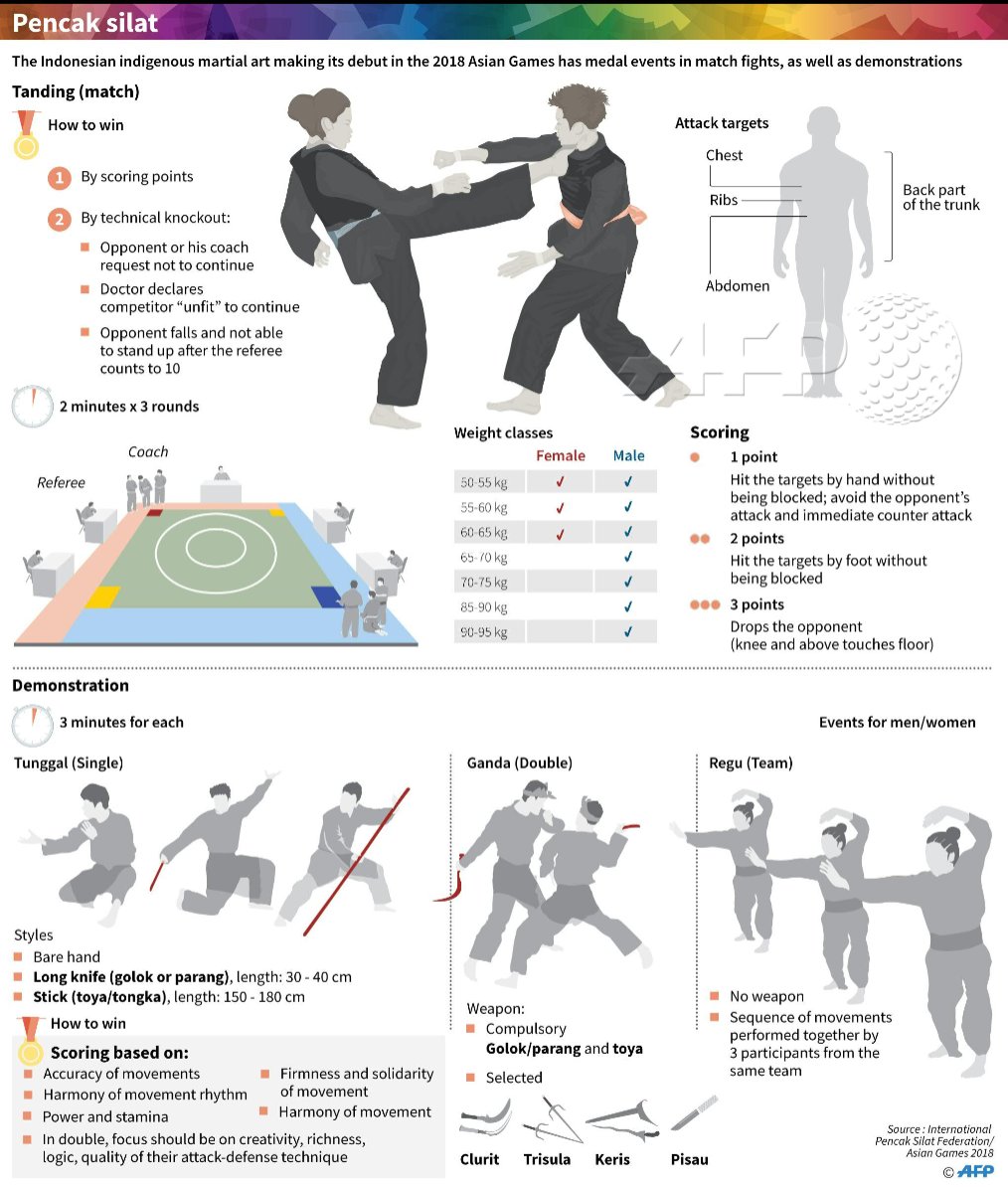Demystifying The Different Martial Arts Designs: From Martial Arts To Taekwondo
Demystifying The Different Martial Arts Designs: From Martial Arts To Taekwondo
Blog Article
Developed By-Osman Francis
Are you tired of feeling bewildered by the substantial world of fighting styles? With so many designs to choose from, it can be easy to obtain lost in a sea of punches, kicks, and mysterious names. Yet worry not!
This discussion will certainly demystify the various fighting styles designs, taking you on a trip from the effective strikes of Martial arts to the dynamic kicks of Taekwondo. Prepare yourself to reveal the origins, strategies, and approaches behind these old art kinds.
So, tighten your belt and prepare to start an enlightening expedition into the captivating globe of martial arts.
Beginnings of Martial Arts Styles
The origins of fighting styles styles can be mapped back to ancient human beings and their need for self-defense and battle techniques. Throughout history, different cultures developed their very own special techniques of combating, each with its own collection of strategies and philosophies.
In China, as an example, martial arts designs such as Martial art and Tai Chi were developed as a way of self-defense and improving physical and psychological health.
In Japan, the samurai warriors developed designs like Karate and Judo, concentrating on self-control, accuracy, and proficiency of the body.
In a similar way, in Korea, Taekwondo emerged as a fighting style emphasizing high kicks, quick movements, and psychological perseverance.
These very early people laid the foundation for the diverse selection of martial arts designs that exist today, each with its own abundant background and cultural significance.
Strategies and Training Techniques
To grasp martial arts styles, practitioners should find out numerous techniques and training approaches.
Methods are the specific motions and actions used in battle, such as punches, kicks, throws, and blocks. Various martial arts designs have their own distinct set of methods that specialists need to master through rigorous training.
Training methods differ relying on the design, but they usually entail a combination of physical fitness, drills, competing, and kinds.
Physical conditioning is vital to develop strength, versatility, and endurance. Drills assist specialists refine their strategies and enhance their rate and precision.
Sparring enables specialists to practice their techniques in a managed, reasonable atmosphere. Forms, also known as kata, are deliberate series of motions that help professionals establish muscle mass memory and emphasis.
Viewpoints and Principles
Exploring the ideologies and principles of martial arts designs can give you with a deeper understanding of your chosen discipline. Each martial art has its very own special approach and set of directing concepts that shape the way it's practiced.
For instance, Karate emphasizes self-control, regard, and self-discipline. It teaches practitioners to focus their minds and bodies, enabling them to safeguard themselves while preserving a feeling of internal tranquility.
On the other hand, Taekwondo places a solid emphasis on rate, agility, and versatility. just click the up coming document are rooted in the tenets of politeness, stability, perseverance, self-constraint, and resolute spirit.
https://zionwdjpv.blogdal.com/33685545/fighting-style-offer-numerous-physical-benefits-consisting-of-raised-strength-and-versatility
Since you've explored the beginnings, techniques, and philosophies of different martial arts designs, you have a much deeper understanding of these ancient disciplines.
Think of a young karate student, practicing with steady determination and emphasis, breaking through boards with a powerful strike.
Their journey showcases the dedication and toughness called for to understand a martial art, reminding us that with discipline and willpower, anything is feasible.
